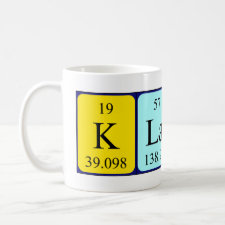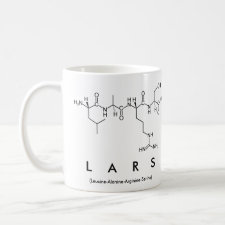
Authors: Mayes AG, Andersson LI, Mosbach K
Article Title: Sugar binding polymers showing high anomeric and epimeric discrimination obtained by noncovalent molecular imprinting.
Publication date: 1994
Journal: Analytical Biochemistry
Volume: 222
Issue: (2)
Page numbers: 483-488.
DOI: 10.1006/abio.1994.1521
Abstract: Noncovalent molecular imprinting of sugar compounds in ethylene glycol dimethacrylate-methacrylic acid copolymers yielded materials containing highly selective sugar binding sites. Investigation of a range of polymers demonstrated that the resulting polymer imprints have a high degree of both anomeric and epimeric selectivity favoring the original print molecule. In HPLC assays, a polymer imprinted using p-nitrophenyl-beta-D-galactoside could separate the alpha and beta anomers of the same compound with near baseline resolution. A polymer imprinted using p-nitrophenyl-beta-D-galactoside showed similar results but with the beta anomers retained longer as expected. Anomeric discrimination of closely related sugars was also possible, with the degree of separation depending on the structural resemblance to the print molecule. Similarly, a polymer imprinted with p-nitrophenyl-alpha-L-fucoside could separate alpha/beta mixtures of p-nitrophenyl-L-fucoside with baseline resolution. Using radioligand displacement assays a polymer imprinted using octyl- alpha-D-glucoside was shown to bind methyl-alpha-D-glucoside with a 40-fold higher affinity than that for the beta-anomer. The epimeric selectivity was even more impressive: methyl-alpha-D-mannoside and methyl-alpha-D-galactoside had 130- and 240-fold lower affinity, respectively, than methyl-alpha-D-glucoside. The results are discussed in relation to possible uses of such polymers in separation and analysis. (C) 1994 Academic Press, Inc



Join the Society for Molecular Imprinting

New items RSS feed
Sign-up for e-mail updates:
Choose between receiving an occasional newsletter or more frequent e-mail alerts.
Click here to go to the sign-up page.
Is your name elemental or peptidic? Enter your name and find out by clicking either of the buttons below!
Other products you may like:
 MIPdatabase
MIPdatabase









